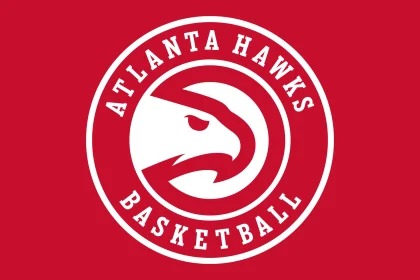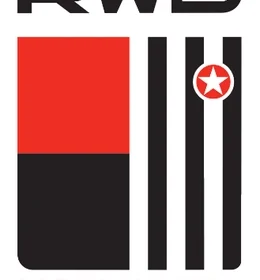A goal-kick is a crucial part of football, acting as both a restart after the ball goes out of play and a key tactical moment for the defending team. This seemingly simple action can impact the flow of the game, influencing possession, player positioning, and overall momentum. For players, coaches, and fans, understanding the intricacies of the goal-kick is vital. Whether you’re watching the game live or placing a bet on 77BET, recognizing its significance can enhance your appreciation of the match’s strategy.
Introduction to Goal-Kick in Football
In football, a goal-kick occurs when the attacking team last touches the ball before it crosses the goal line (not resulting in a goal) and goes out of bounds. The defending team is awarded a kick from within their goal area. Goal-kicks are more than just routine restarts; they represent a critical juncture where teams can strategically position themselves for either an offensive or defensive maneuver.
Definition and Importance
At its core, a goal-kick is defined as a method to restart play in a football match. When the ball leaves the field of play over the goal line without resulting in a goal, the team that did not touch the ball last takes the kick from within the goal area. While the primary purpose is to allow the defending team to resume play, it also provides them with a unique opportunity to shift the dynamics of the game.
The importance of goal-kicks cannot be overstated. They serve several key functions:
- Resetting Play: A goal-kick allows the defending team to regain control after an attack, providing a moment to regroup and reassess their strategy.
- Field Positioning: How a goalkeeper executes a goal-kick can significantly influence the positioning of their teammates and the opposing players, often leading to advantageous situations.
- Psychological Impact: Successfully executing a goal-kick under pressure can bolster the confidence of the goalkeeper and the entire team, fostering a sense of unity and resilience.
Basic Rules of a Goal-Kick
Familiarity with the rules governing goal-kicks is crucial for players and coaches. According to the Laws of the Game, there are specific protocols that must be followed during a goal-kick:
- Kick Location: The goal-kick must be taken from inside the goal area, specifically from any point within the six-yard box.
- Opponent’s Positioning: Opposing players must remain outside the penalty area until the ball has been kicked and has traveled outside the area.
- Ball Movement: The ball is in play once it has been kicked and moved outside the penalty area.
Understanding these regulations helps players avoid unnecessary fouls or penalties that could arise from mishandling the situation.
How to Execute a Goal-Kick Effectively
Executing a goal-kick effectively requires skill, composure, and strategy. The goalkeeper plays a pivotal role in this process, and their approach can set the tone for the ensuing plays.
Steps to Take for a Successful Goal-Kick
To ensure a successful goal-kick, specific steps must be adhered to:
- Positioning: The goalkeeper should start by positioning the ball on the ground within the goal area. It’s essential to find the right spot that offers the best angle for the desired outcome, whether it’s a short pass to a defender or a long clearance downfield.
- Communication: Prior to taking the goal-kick, the goalkeeper must communicate with the defenders. Effective communication ensures that the receiving player knows where to position themselves for the best possible reception.
- Technique: Once ready, the goalkeeper should focus on their kicking technique. This involves a proper run-up and follow-through. The objective can vary based on the situation—some goal-kicks may need to be lofted for distance, while others may require precision passing to nearby players.
Having a well-defined plan and executing it properly can turn a standard goal-kick into a potent attacking opportunity.
Common Mistakes and How to Avoid Them
Even experienced goalkeepers can fall prey to common pitfalls when executing a goal-kick. Awareness of these mistakes—and how to circumvent them—can be instrumental in improving performance:
- Poor Ball Placement: One frequent error is placing the ball too close to the edge of the goal area, making it difficult to kick accurately. Ensuring a comfortable distance from the goalposts can enhance accuracy.
- Lack of Communication: Another mistake arises from inadequate communication with teammates. If players are unaware of the intended target for the goal-kick, it can lead to turnovers or missed opportunities. Establishing clear signals or verbal cues can mitigate this issue.
- Ignoring the Opposition: Some goalkeepers neglect to survey the positions of opposing players prior to taking the kick. Failing to assess the threat level can result in hurried kicks that lead to immediate pressure on the defense. Taking a brief moment to observe can provide valuable insights for a successful restart.
By recognizing and addressing these mistakes, goalkeepers can become more effective in their role, turning goal-kickers into impactful moments in the match.





